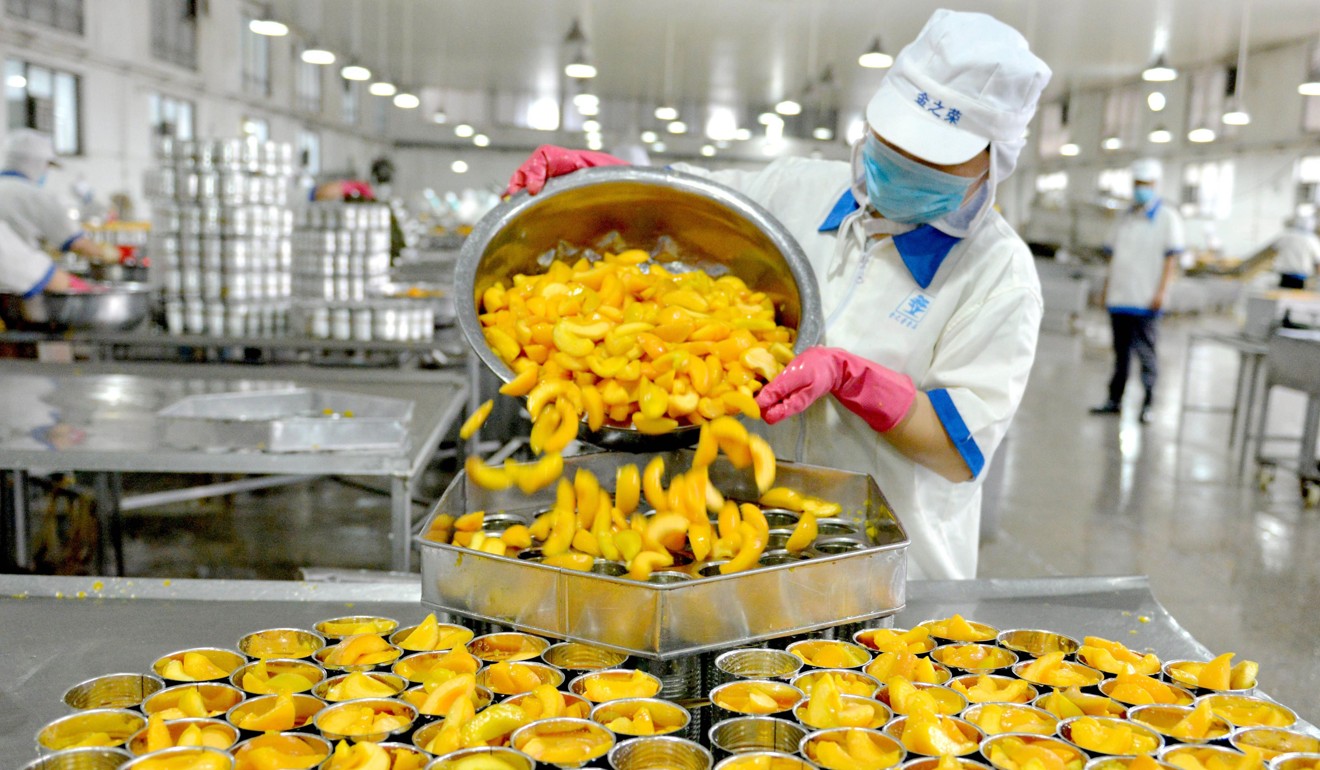
Marmalade – however you eat it and wherever you get it – is something we owe to global trade
Stephen Vines says Chinese exports of marmalade to the US are small and unlikely to be decisive in the trade war, but marmalade is itself a product with a uniquely global production history, showing how much we benefit from international trade
Moreover, what is described as Chinese marmalade is nothing of the kind. I write with some knowledge of this subject and can affirm that what is called Chinese marmalade is at best a sweet sticky jam.
However, the marmalade trade happens to provide a pretty good way of stepping back from all the current nonsense and considering how trade evolves and how sane people accept the evolution and savour it.
The origins of marmalade are hard to pin down, but C. Anne Wilson, author of the seminal The Book of Marmalade, believes it started as a Portuguese sweet-tasting solid quince paste. The British, who often claim founding rights, began importing marmalade in the late 15th century for use as a medicine and a sweetmeat.
Other fruits, including damsons, apples, pears and peaches also made their way to England, where they were used in “marmalades” served in solid form, mainly as desserts.
By the 18th century, a new development, largely credited to the Scots, emerged with the production of a jellied orange marmalade still mainly used for desserts but now in spreadable form. It became more popular as global trade in sugar, an important ingredient, expanded.
The quick adoption of marmalade is reflected in Mrs Beeton's Book of Household Management, the pioneering cookbook by Isabella Beeton, who in the late 19th century wrote about the difference between marmalades and jams, insisting that the former were made from firmer fruits while the latter were reliant on juicy berries.

It is now exported by all manner of countries and there are even inferior versions coming out of the US. What’s happening is that marmalade has become a global product with ingredients supplied from around the world that are put together in disparate countries.
Having had the misfortune of sampling mass-produced American marmalade, a sickly sweet jellified concoction, it is easy to see why US consumers are keen to get imports.
Marmalade’s evolution and the development of the marmalade business serves as a useful proxy for the story of world trade, showing how people’s requirements change and are fulfilled by global sourcing for the best quality goods at the best price. Sourcing is also determined by geography, because some products simply do not thrive in certain climates and need to be imported.
Watch: Caviar feels the heat of the US-China trade war
Supposedly iconic national products are in fact international products and, without free trade, marmalade might never have appeared on breakfast tables … a chilling thought.
Stephen Vines runs companies in the food sector and moonlights as a journalist and a broadcaster

